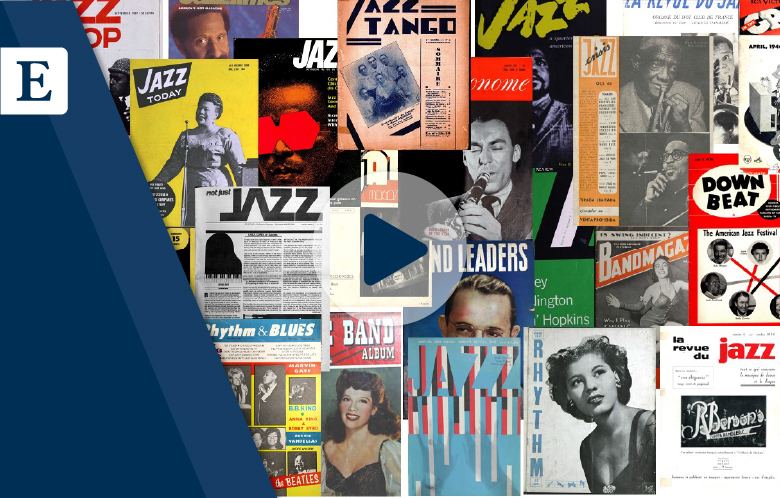
Alternative Text Format | Download
Financial Literacy Among American College Students
Banking on Knowledge: Financial Literacy Among American College Students
While personal finance is becoming a required course in many American high schools, more than 40 percent of college students are still not equipped with adequate financial literacy knowledge and skills. Academic libraries can provide opportunities for students to learn how to manage their money and take on the financial responsibilities that await them after graduation.
College students who’ve taken a personal finance course
- 40% - Attending 4-year colleges
- 45% - Attending 2-year colleges
Student loan data by the numbers
- $1.77 trillion – National student loan debt
- 44 million – Number of borrowers
- 6 out of every 10 students take out loans to pay for college
- $29,417 – Average student loan debt amount for a 2022 college graduate
- Women hold nearly 2/3 of the student loan debt in the U.S.
- 85% – Borrowers who expect student loan repayment to cause financial hardship
Top personal finance topics among college students
- Cost of college
- Student loans
- Credit cards
- Budgeting
- Investing
- Saving for big purchases
- Saving for emergency expenses
- Saving for retirement
Most common financial problems among college students and recent graduates
- Difficulty focusing on academics due to financial stress
- Food insecurity
- Housing insecurity
- Lack of understanding about credit
- Credit card debt
- Losing money on investments
Top 5 ways libraries can help
- Provide access to reliable financial literacy resources
- Integrate financial literacy into academic programs
- Team up with local financial institutions to deliver financial literacy workshops and seminars
- Build programs and events around April’s National Financial Literacy Month — and all year long
- Partner with local financial experts to offer one-on-one personal finance coaching
Ready to take the next step?
Ready to take the next step?


